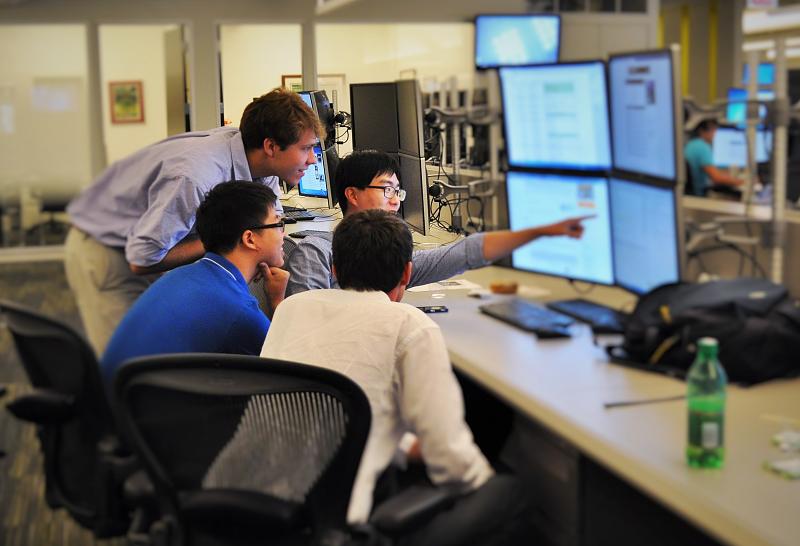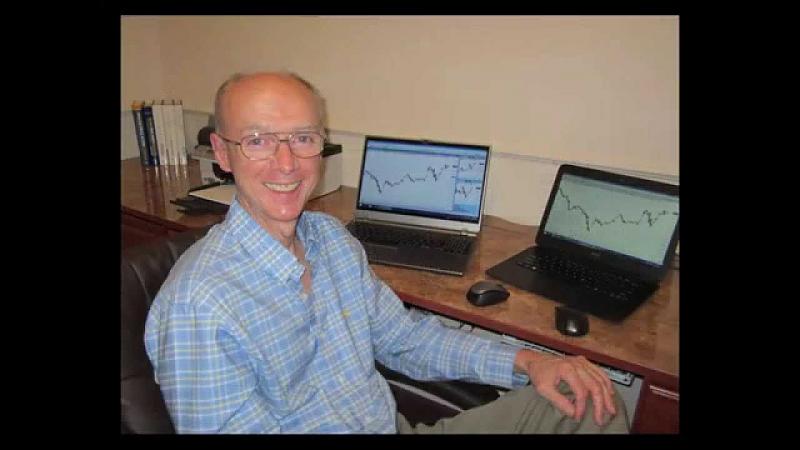1. Principal: This is the face value of the bond; the amount that the first bond buyer initially loaned to the company or government issuing the bond. This is also known as the par value.
2. Coupon Payment: This is the numeric amount of interest payments that are scheduled to the bondholder. For instance, if a bond pays an investor $3,000 twice per year, the coupon amount is $3,000.
3. Yield: The yield is the sum of coupon payments in a year divided by the amount paid for the year. For instance, if a bond buyer pays $100,000 for a bond, and the bond issues 2 coupon payments of $3,000 per year, the yield is 6% (2*3,000/100,000). This is also known as the bond equivalent year, or the annualized yield.
4. Maturity Date: The maturity date is the date that coupon payments will end, and the original principal will be repaid. For instance, if a bond with a principal of $100,000 and bi-annual coupon payments of $3,000 has a maturity date of January 1, 2040, that means the bond will no longer issue coupon payments, and will give the bondholder the $100,000 that was initially borrowed, on January 1 of 2040.
5. Call Date: If a bond has a call date(s), that means the government or corporation issuing the bond has the option of paying back the principal and ending coupon payments on the call date --- which is scheduled before the maturity date specified. For instance, if a bond with a maturity date of January 1, 2040 has a call date of January 1, 2027, that means the bond issuer can pay back the principal in 2027 and no longer make any have payment obligations related to the bond.
Now that we understand the basic jargon, we are one step closer to incorporating bonds into our income investment strategy, which we'll continue to focus on in this series.


 1Likes
1Likes LinkBack URL
LinkBack URL About LinkBacks
About LinkBacks










 Reply With Quote
Reply With Quote





Bookmarks